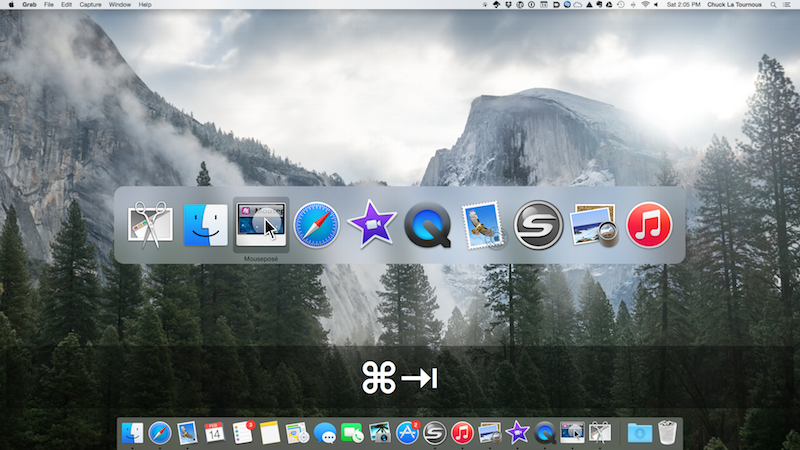Veteran Mac journalist and author Christopher Breen has left Macworld to join a “fruit-flavored tech company sandwiched between Santa Clara and Sunnyvale.”
Breen made the announcement on his personal blog, and confirmed it on Macworld.com. “There are loads of reasons for the change, but blend them together and they add up to my desire to try something different before I don the large shorts and spend the bulk of my remaining days looking for my misplaced spectacles,” Breen wrote.
Chris has been a staple in Mac journalism for almost 30 years, and in that time earned a reputation as fair, honest, funny and smart. In addition to his work on Macworld, he’s authored several books, hosted innumerable podcasts and appeared on TV shows and user group meetings—all with a self-effacing, humble attitude that was as genuine as it seemed.
I’ve been a fan of Chris for more years than I can count, and have had the wonderful privilege of not only meeting him, but coming to count him as a dear friend, bandmate and colleague.
As a result of his new role, Chris will be retiring his tech persona. “I’ll be leaving the public stage as Chris Breen Technology Guy (though I may still pop up as Chris Breen Musician Guy at a saloon near you).”
As is typical of moves to that fruit-flavored tech company, Chris is mum about what his new role will entail. I can only hope that Apple knows what they have in Chris and that they take full advantage of his talents.
I couldn’t be happier for him and I wish him nothing but success in this new chapter of his life. It quite literally couldn’t happen to a nicer guy.




